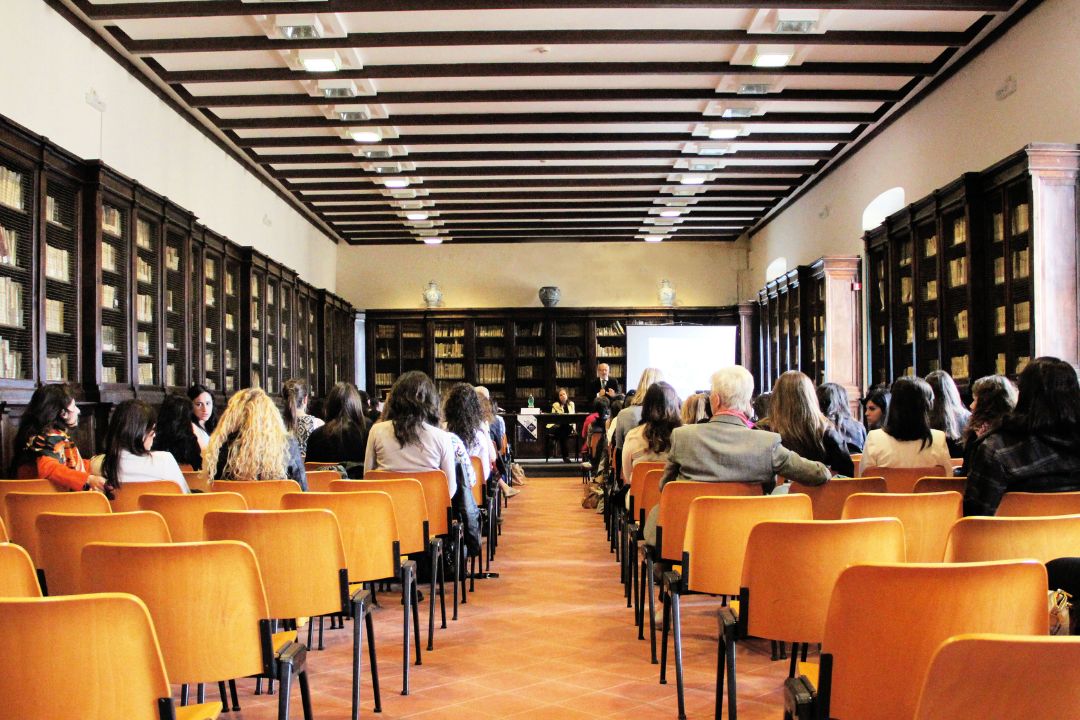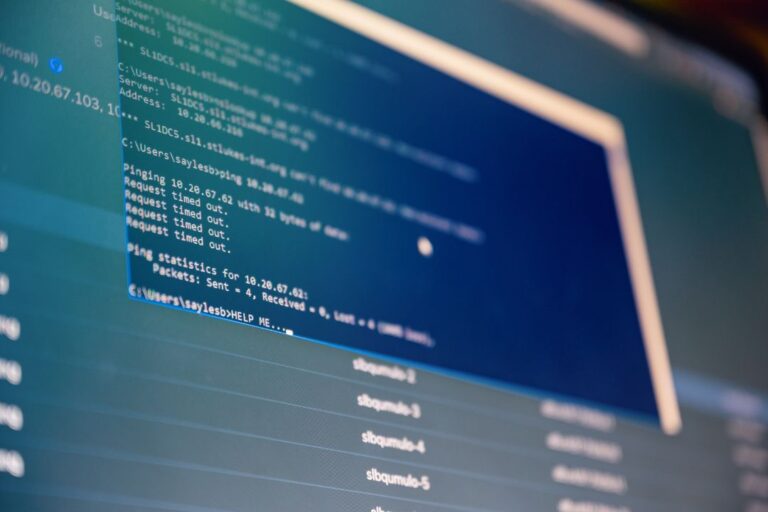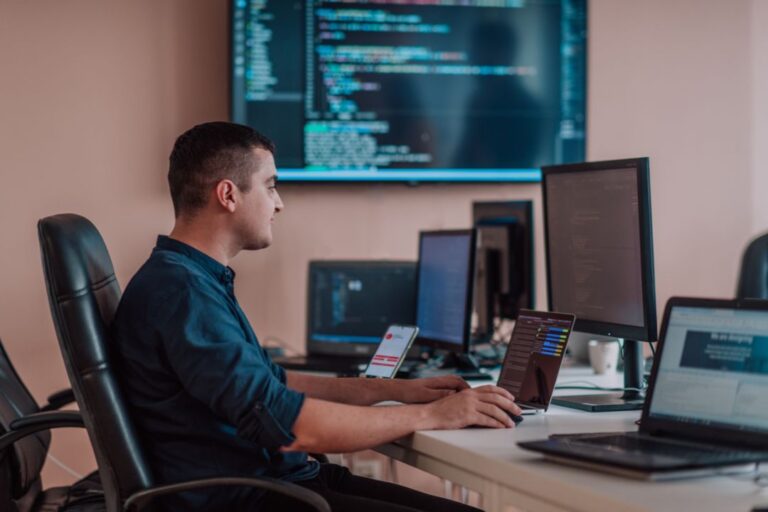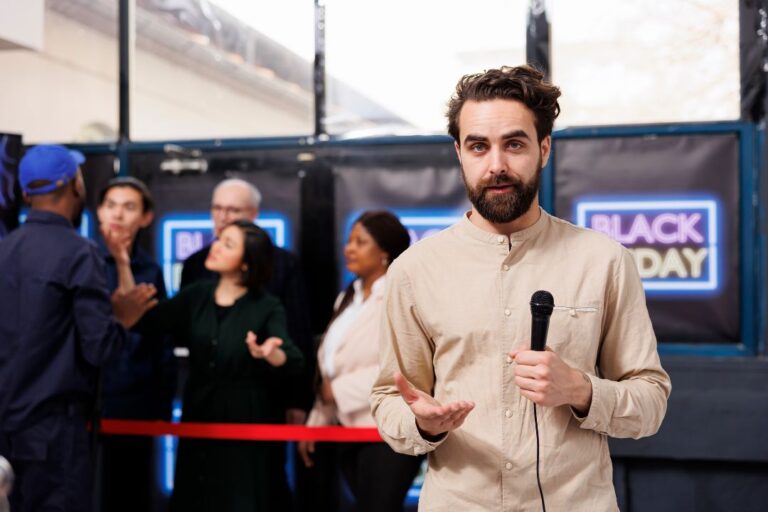Tyler Heinz World Classrooms: Revolutionizing Education 2024
Introduction
In the evolving landscape of education, innovative approaches are essential for preparing students for the challenges of tomorrow. One such vision comes from Tyler Heinz, a leader in transforming the way we think about classrooms. His concept of “World Classrooms” is not just about offering education but about offering a global learning experience that empowers students to connect, learn, and grow in a digital world. This article dives into the vision behind Tyler Heinz World Classrooms and explores how it is reshaping education.
What Are Tyler Heinz World Classrooms?
Tyler Heinz World Classrooms are not your typical educational spaces. They represent a shift in how education is delivered, focusing on global connections, virtual learning, and technological integration. In these classrooms, students are not confined to a traditional classroom setup. Instead, they have access to a world of knowledge, resources, and peers from all over the globe. Tyler Heinz World Classrooms aim to break down geographical and cultural barriers, allowing students to learn from and with each other, regardless of where they are in the world.
The Importance of Innovative Education
Why is innovation so crucial in education today? The world is evolving at an unprecedented pace, and education systems must adapt to stay aligned. Traditional methods of teaching are no longer enough to prepare students for the future. By embracing innovation, like the World Classrooms model, we ensure that students are not only receiving knowledge but are also developing the skills they need to thrive in a globalized, tech-driven world. This includes critical thinking, problem-solving, and adaptability—skills that are essential in the 21st century.
Tyler Heinz’s Role in Education
Tyler Heinz World Classrooms is not just an educator; he is a visionary. His approach to education emphasizes the integration of technology, collaboration, and global learning. By founding World Classrooms, Heinz has created an environment where students are exposed to diverse perspectives, new technologies, and opportunities to engage in real-world challenges. His role in education goes beyond teaching; he is shaping the future of how we learn.
Tyler Heinz’s Educational Philosophy
At the heart of Tyler Heinz World Classrooms educational philosophy is the belief that every student has the potential to succeed if given the right tools and opportunities. His classrooms are designed to be inclusive, interactive, and forward-thinking. The focus is on creating a learning environment where students are encouraged to explore, ask questions, and engage with the material in meaningful ways.
Empowering Students through Technology
One of the core elements of Tyler Heinz World Classrooms is the use of technology to empower students. In the digital era, technology has become a crucial resource for education. Whether it’s through online resources, virtual classrooms, or interactive platforms, technology enables students to access information and collaborate in ways that were once impossible. Tyler Heinz understands the power of technology and integrates it into every aspect of the World Classrooms experience.
The Role of Virtual Learning in World Classrooms
Virtual learning plays a central role in the World Classrooms model. By leveraging online platforms, students can participate in lessons, discussions, and activities from anywhere in the world. This approach not only makes learning more flexible but also opens up opportunities for students who may not have access to traditional educational settings. Virtual learning allows for a more personalized experience, where students can learn at their own pace and in their own space.
The Concept of Global Learning
Global learning focuses on gaining a deeper understanding of the world through a more expansive lens. It’s about recognizing the interconnectedness of different cultures, economies, and societies. Tyler Heinz World Classrooms emphasize this global learning experience, where students are encouraged to engage with peers from different backgrounds, explore global issues, and develop a sense of global citizenship.
Bridging Gaps in Global Education
One of the biggest challenges in education today is the gap between students from different parts of the world. While some students have access to high-quality education, others are left behind. World Classrooms aim to bridge this gap by providing equal opportunities for all students, regardless of their location. By connecting students from different countries, Tyler Heinz World Classrooms is helping to create a more equitable education system.
Cultural Exchange in the Classroom
Cultural exchange is an essential component of World Classrooms. By interacting with students from different cultures, students gain a deeper understanding of the world around them. This exchange of ideas, traditions, and perspectives enriches the learning experience and fosters a sense of empathy and global awareness. Tyler Heinz World Classrooms are designed to be culturally inclusive, encouraging students to learn from each other and celebrate diversity.
Real-World Applications of World Classrooms
What good is an education if it doesn’t prepare students for the real world? Tyler Heinz World Classrooms are designed with real-world applications in mind. Students are not just learning theoretical concepts; they are gaining practical skills that they can apply in their careers and everyday lives.
Preparing Students for Global Careers
In today’s global economy, students need to be prepared for careers that span across borders. World Classrooms provide students with the skills, knowledge, and experiences they need to succeed in a global workforce. Whether it’s through virtual internships, cross-cultural collaborations, or exposure to international markets, Tyler Heinz World Classrooms give students a competitive edge in the global job market.
Case Studies of Success
There are many success stories from students who have participated in World Classrooms. These students have excelled across various fields, including technology, business, and the arts. By providing them with a global learning experience, Tyler Heinz World Classrooms has helped them develop the skills and confidence they need to succeed in their careers. These case studies are a testament to the effectiveness of the World Classrooms model.
Challenges and Solutions in World Classrooms
Although the World Classrooms model is groundbreaking, it comes with its own set of challenges. From technological barriers to ensuring equal access to education, there are obstacles that need to be addressed. However, Tyler Heinz has developed solutions to overcome these challenges and ensure that all students have access to a world-class education.
Overcoming Technological Barriers
A major obstacle in the World Classrooms model is making sure every student has the essential technology to participate. Access to devices and stable internet connections is not equal for all students. To overcome this, Tyler Heinz World Classrooms has worked with partners to provide affordable technology solutions and ensure that students can participate in virtual learning regardless of their location.
Ensuring Equal Access to Education
Equal access to education is a core principle of World Classrooms. Tyler Heinz World Classrooms is committed to ensuring that all students, regardless of their background or location, have the same opportunities to learn and succeed. By partnering with organizations and governments, Heinz is working to eliminate barriers to education and make World Classrooms accessible to everyone.
The Future of World Classrooms
The future of World Classrooms is bright. As technology continues to advance, there are even more opportunities to enhance the learning experience. Tyler Heinz vision for the future includes expanding the reach of World Classrooms, integrating artificial intelligence, and creating even more interactive learning environments.
The Role of AI in Education
Artificial intelligence (AI) has the capacity to radically reshape the future of education. In World Classrooms, AI could be used to personalize learning experiences, provide real-time feedback, and help students progress at their own pace. By integrating AI into the classroom, Tyler Heinz is preparing students for a future where technology and education are closely intertwined.
What’s Next for Tyler Heinz’s Vision?
Tyler Heinz’s vision for World Classrooms is constantly evolving. As new technologies emerge and educational needs change, Heinz continues to innovate and adapt. The future of World Classrooms will likely include even more advanced tools and resources, further enhancing the global learning experience.
Conclusion
Tyler Heinz World Classrooms are redefining what it means to learn in the 21st century. By combining technology, global learning, and innovative teaching methods, Heinz is creating an educational experience that prepares students for a connected, globalized world. Education’s future is promising, with Tyler Heinz at the forefront of progress.







